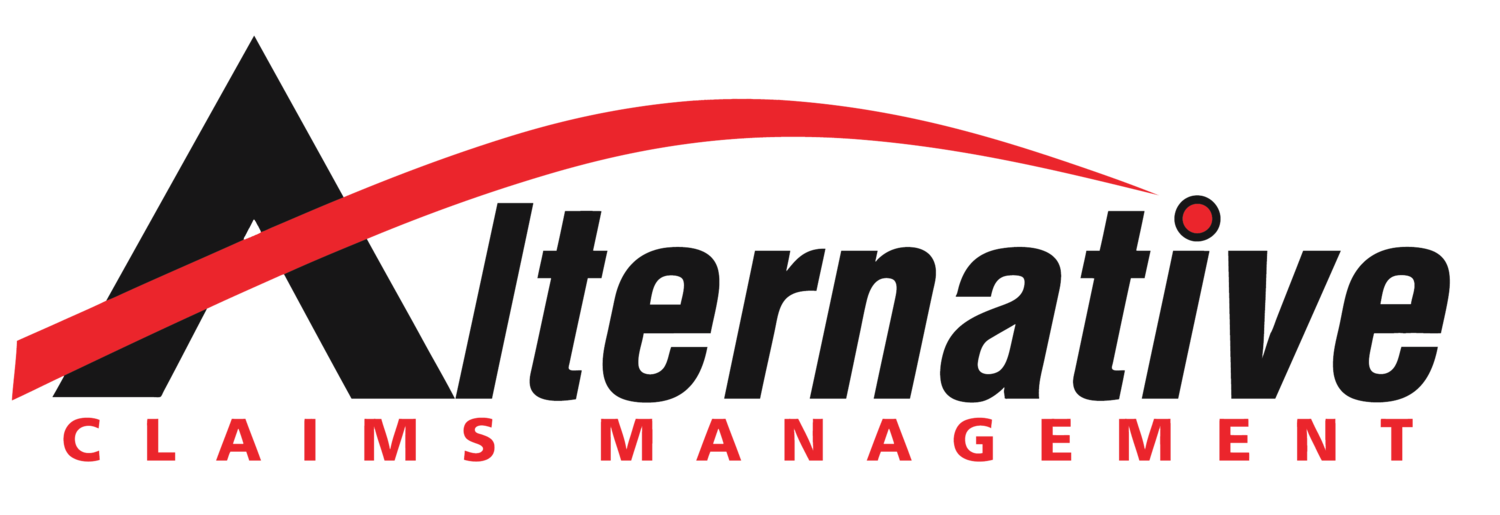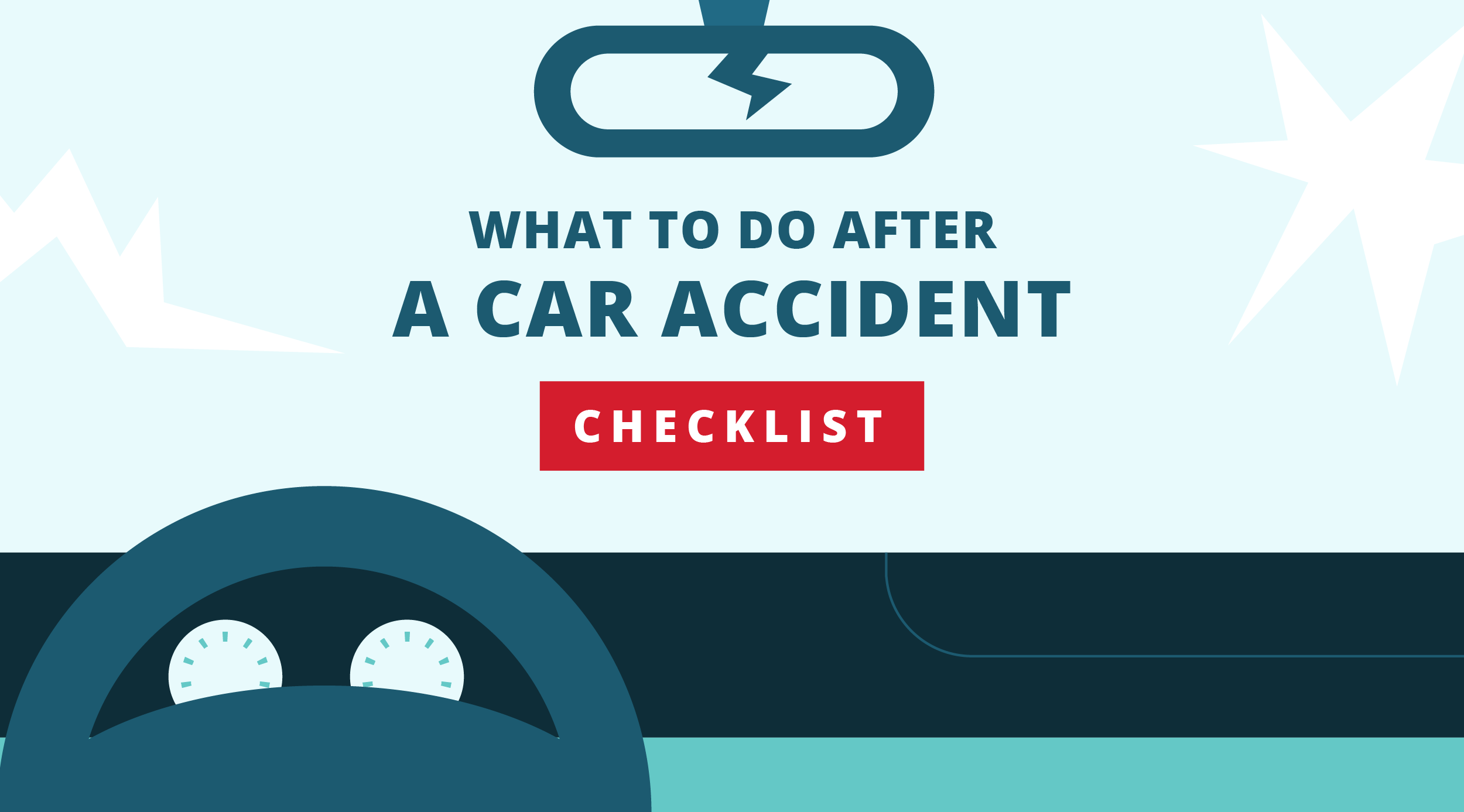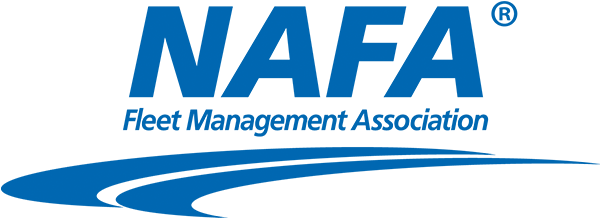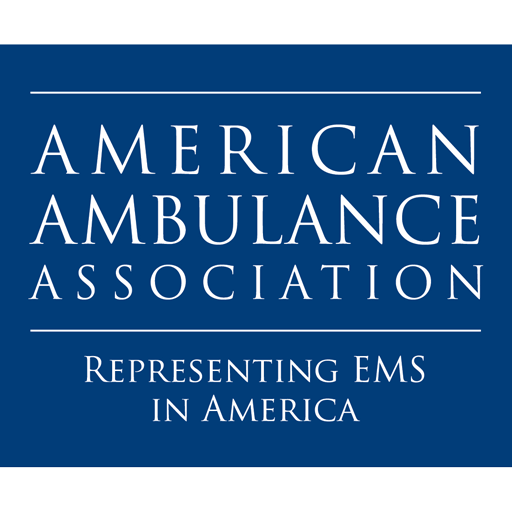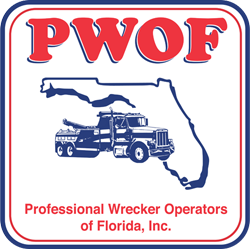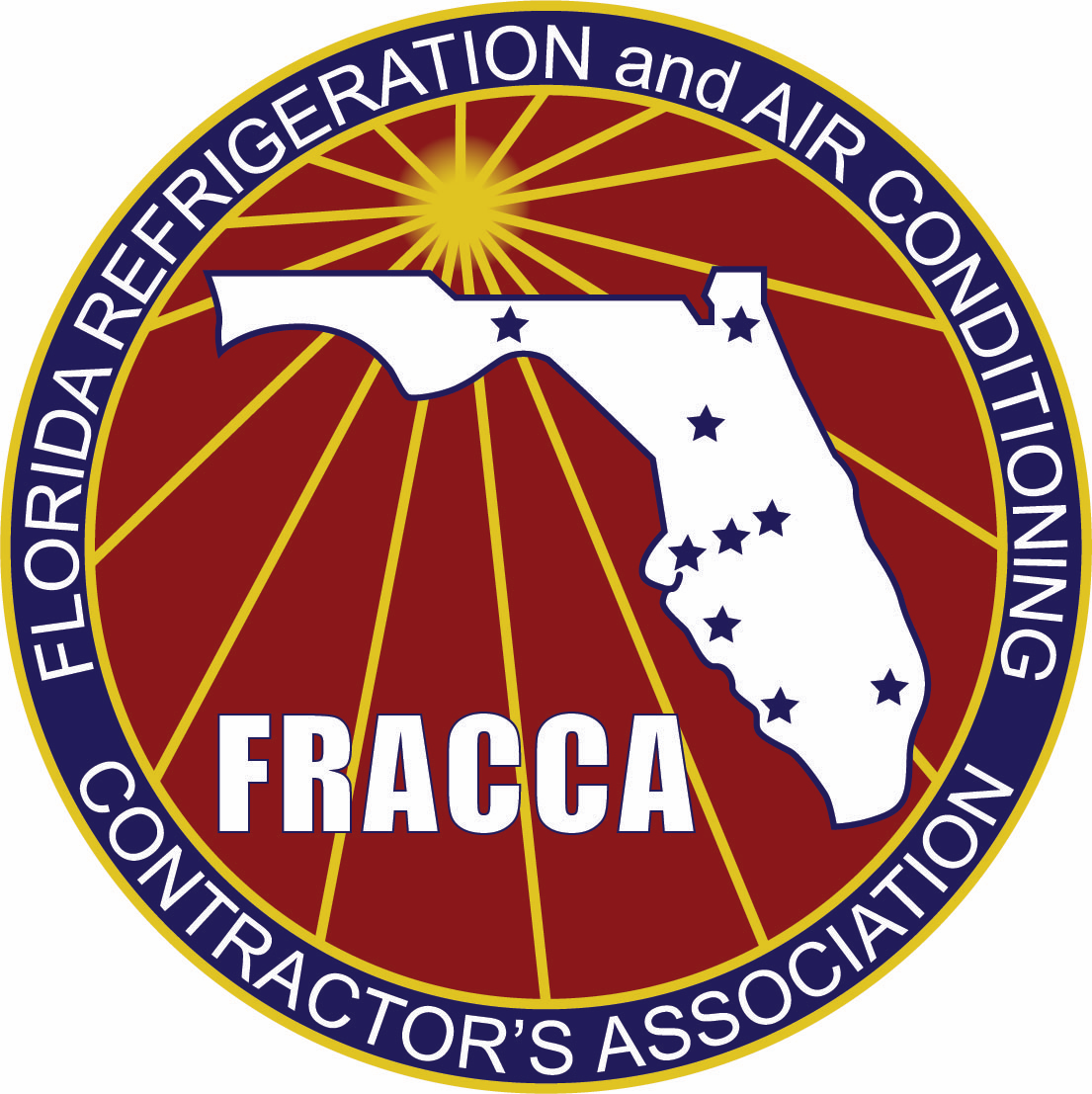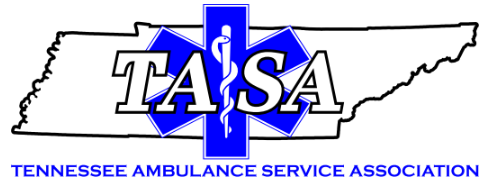Social Distancing + Less Commuting = Fewer Accidents. So what happens if you do get in one?
While roads across the country have become less congested as more people stay at home during the COVID-19 pandemic, there are still going to be times when you may find yourself involved in a collision.
In the case of a minor collision, where neither party is injured, the people involved would typically pull to the side of the road, walk up to each other and begin exchanging information.
But in a world where the Center for Disease Control recommends people to keep at least six feet apart from each other in order to prevent the spread of COVID-19, certain steps have changed in the process of exchanging information.
Below is some guidance in maneuvering through the post-collision process in today’s environment.
Do not physically exchange insurance cards or any type of identification. Share information verbally, from a safe distance. Exchange cell phone numbers so you can send photos of your license and insurance card to each other while maintaining the six foot rule.
If your vehicle is non-operational after the collision, do not hitch a ride with roadside assistance or the tow truck driver. In fact, most companies are not allowing this right now. It is impossible to keep a safe distance inside the cab of a truck. Call a friend or family member, or request a ridesharing service to pick you up.
In addition to this guidance, here is a general checklist of things to do immediately after an accident.
Assist anyone involved that may have been injured. If someone requires medical attention, call 911.
Ensure that all vehicles have been moved to a safe place, out of the flow of oncoming traffic. Turn on hazard lights to warn oncoming drivers.
Notify the police and submit a report. The police might not come to the scene of the collision, and that’s okay. You can still file a report by visiting a local police department or automobile insurance agency. However, police departments and insurance agencies might have new policies pertaining to outside visitors at this time, so call ahead.
Document the scene and exchange information. This step involves taking photos of the involved vehicles to assess the damage. It’s also a good idea to take panoramic photo/video footage to capture the accident scene. It can be helpful to document road conditions, weather and traffic control devices, such as stop signs or lights, skid marks, spilled fluids or accident debris. Exchange information (via text message) such as names, addresses/emails, vehicle information (VIN/license plate numbers, make, model), driver’s licenses, insurance carriers, and policy numbers.
If there are any witnesses, gather their information and a recorded statement as well. Ask them to state their name and contact information on the video.
Note the exact time of the accident, the nearest cross streets, traffic signals and any other notes regarding the other driver, their behavior and vehicle. Were they distracted, on their cell phone or drifting outside of their lane? Did they use their turn signal? Was their speed excessive? Jot down these notes while they are fresh in your mind, as they could be valuable later on.
Following these guidelines will reduce your exposure to COVID-19 and ensure you have all the pertinent information needed to protect your liability when an accident occurs.
